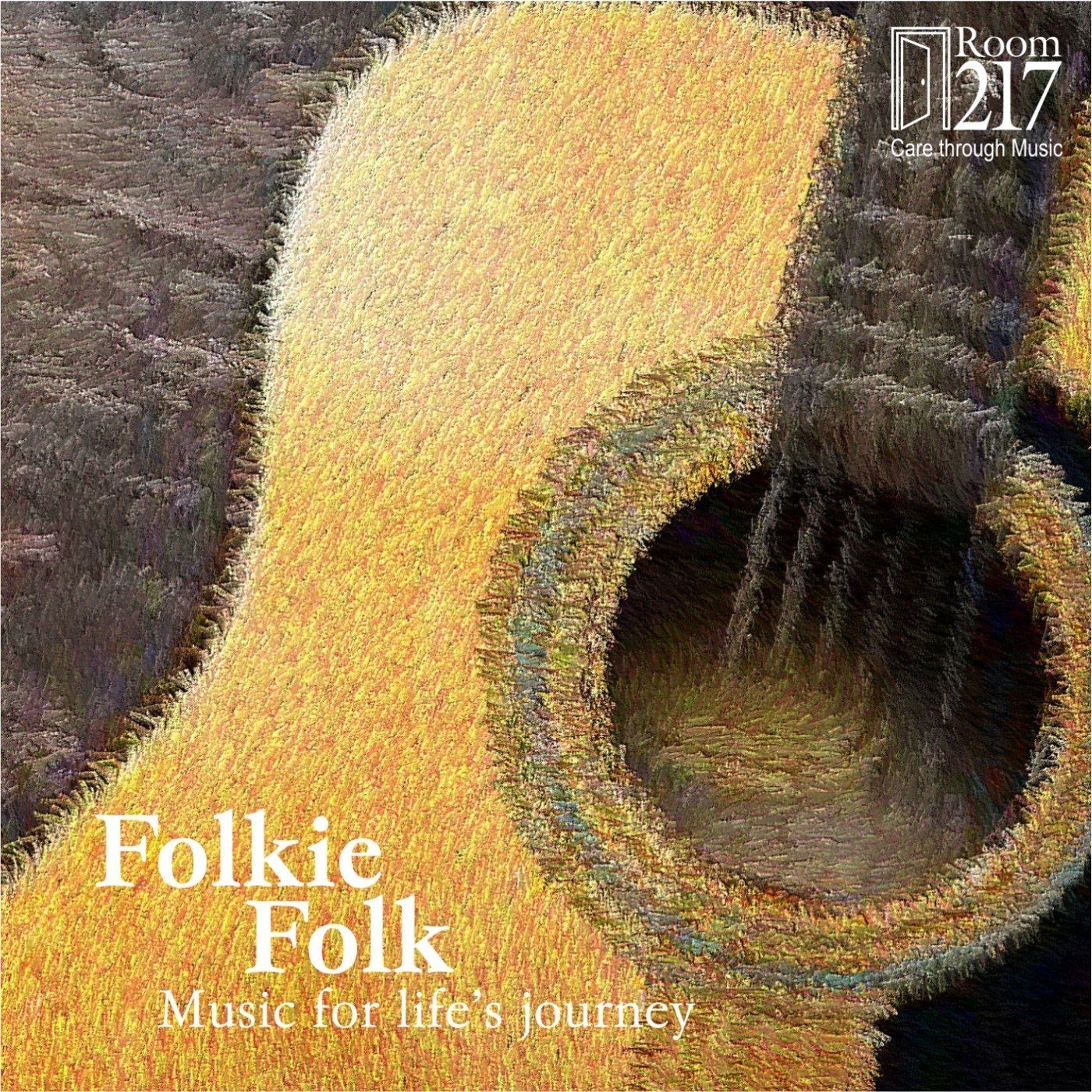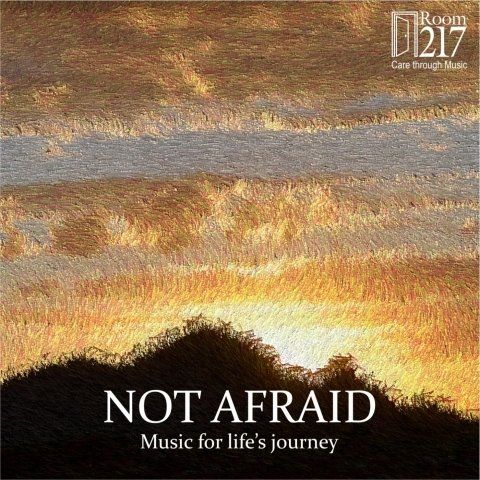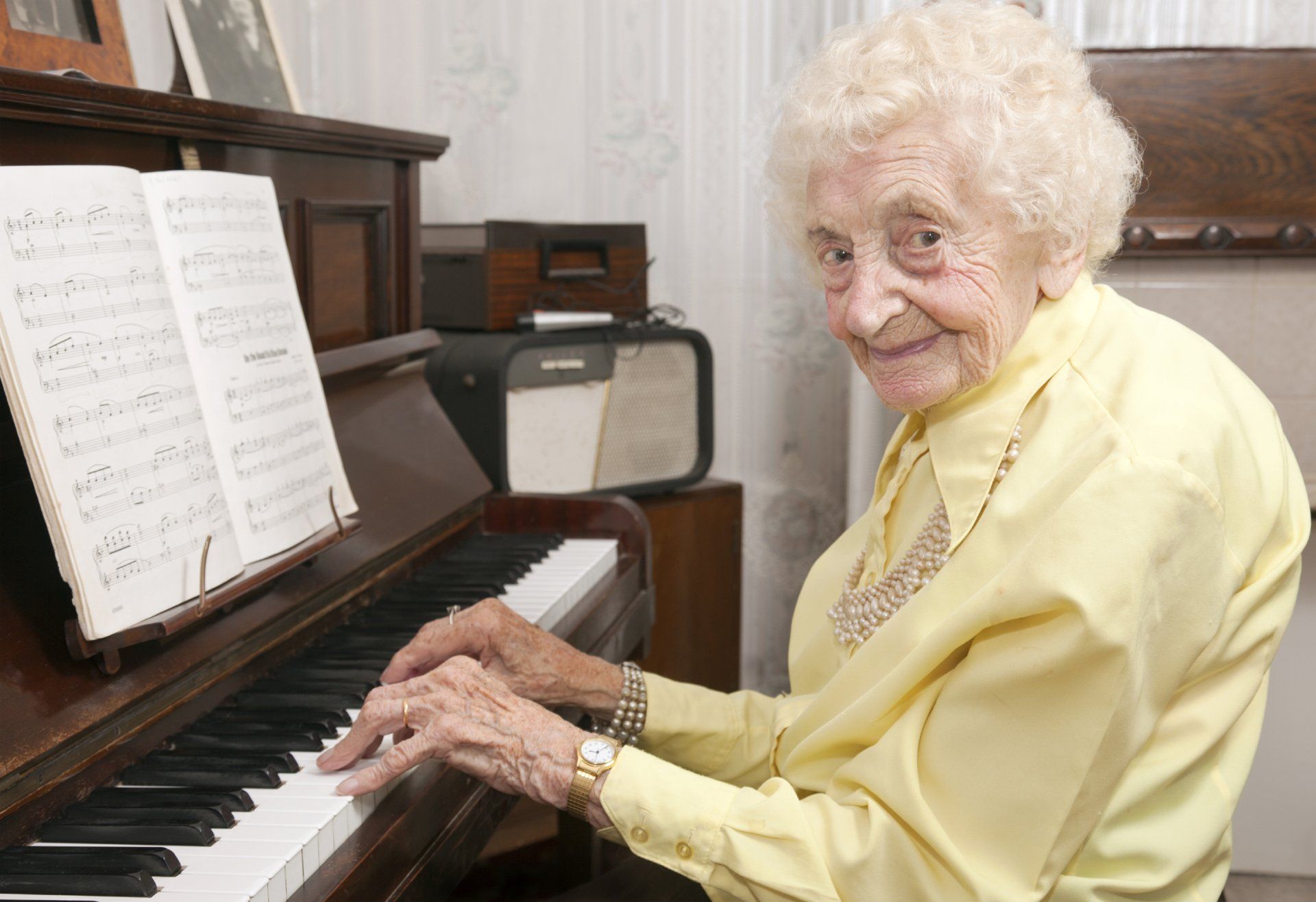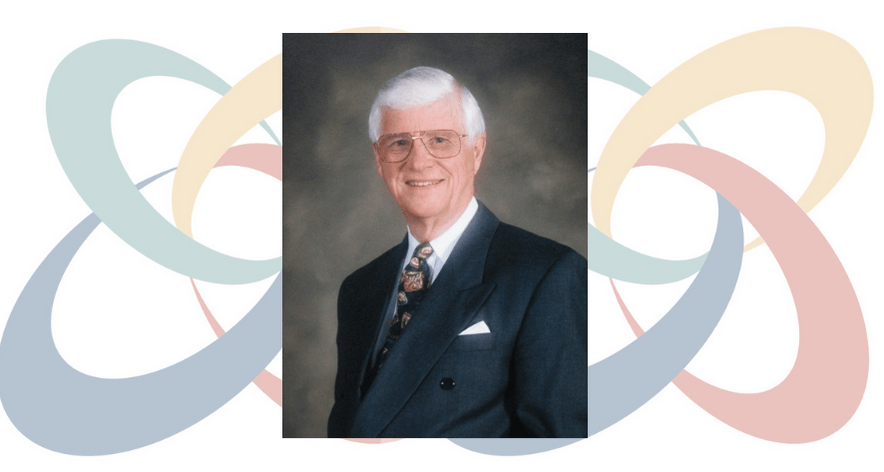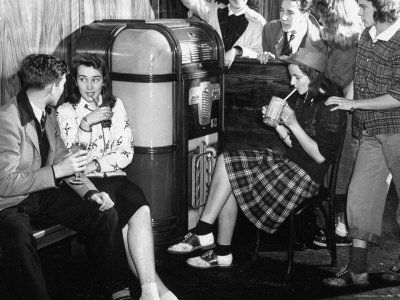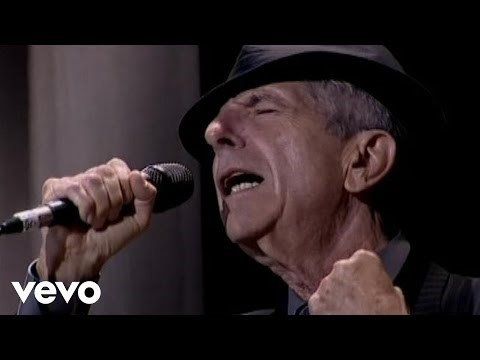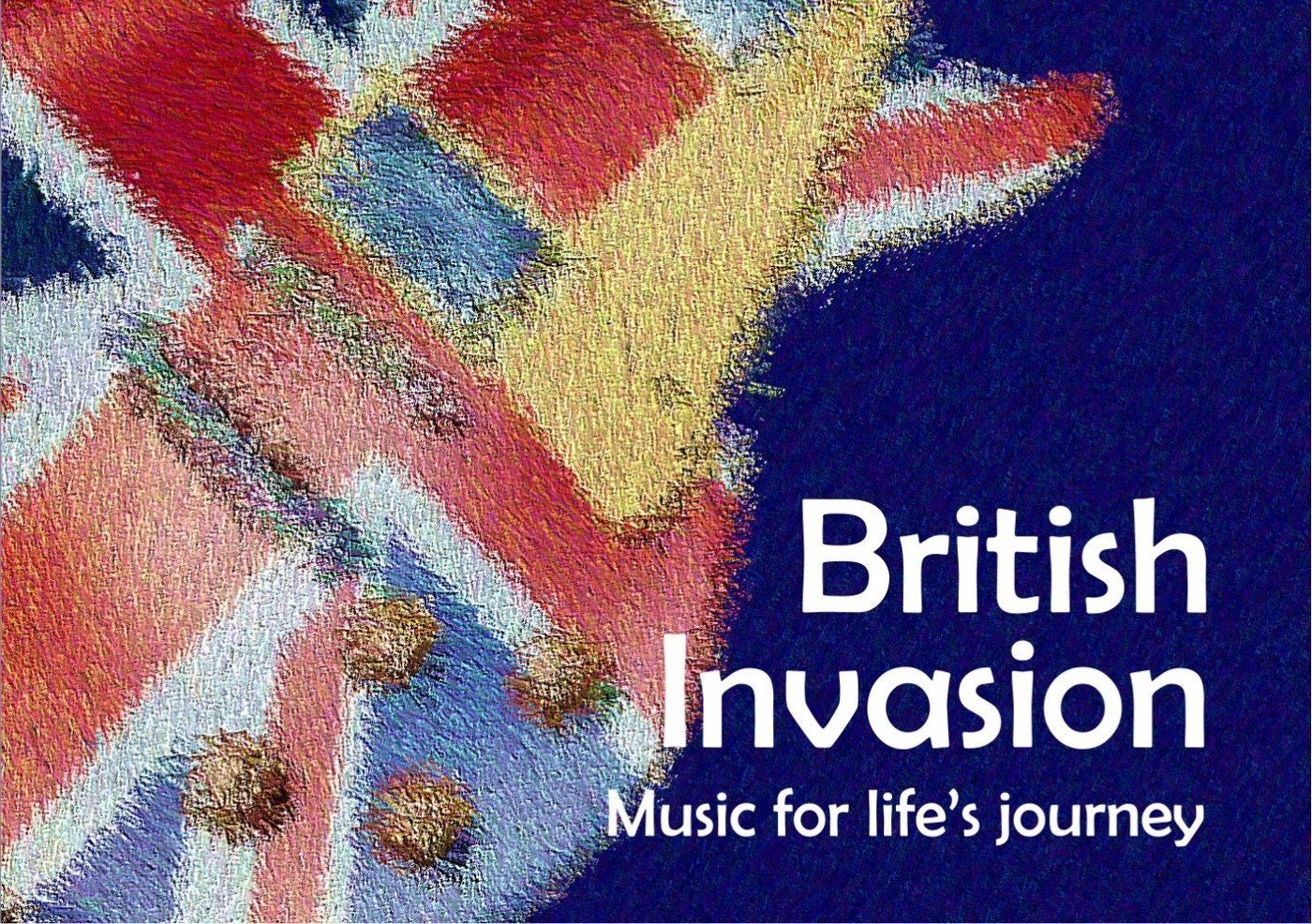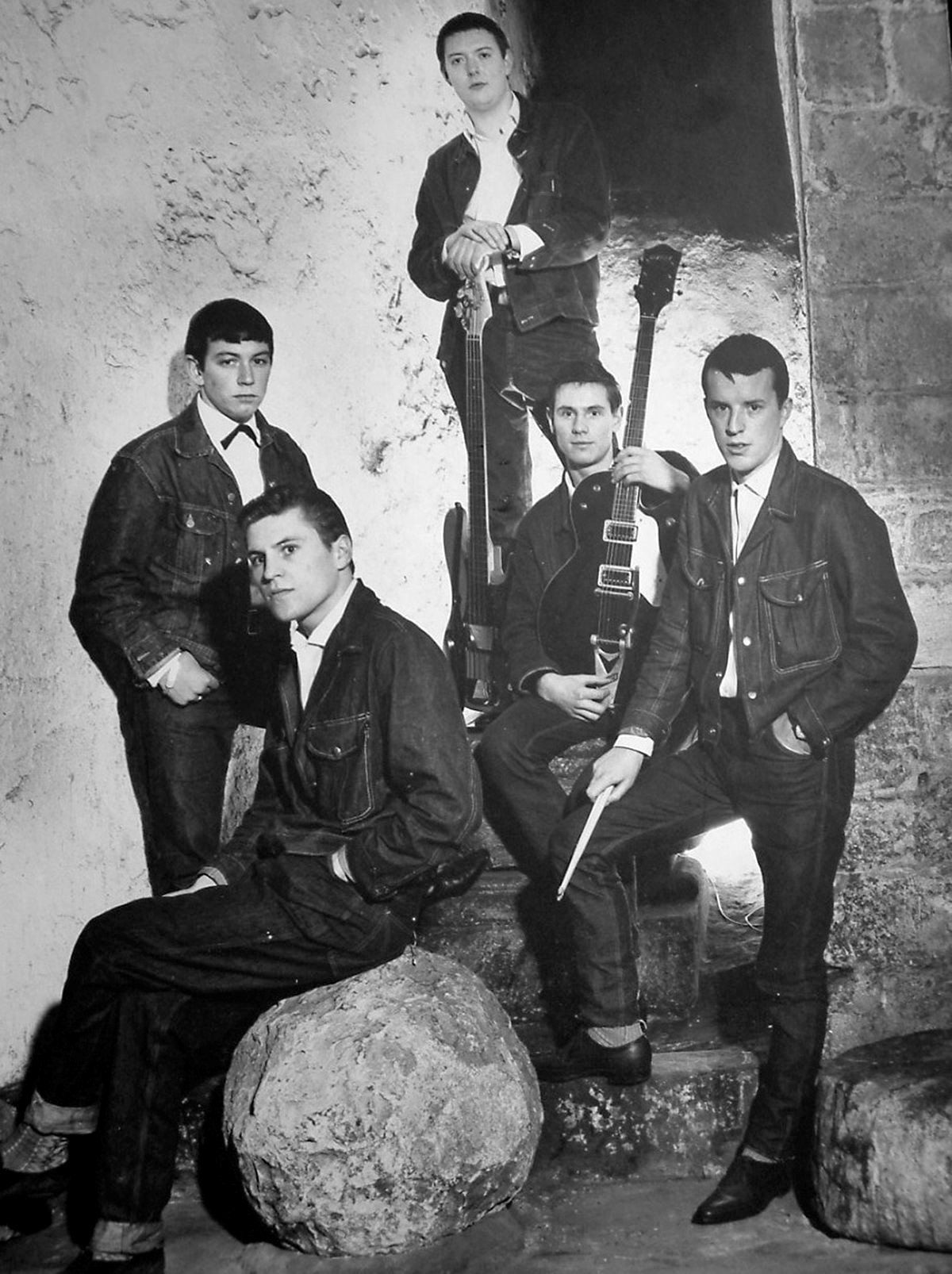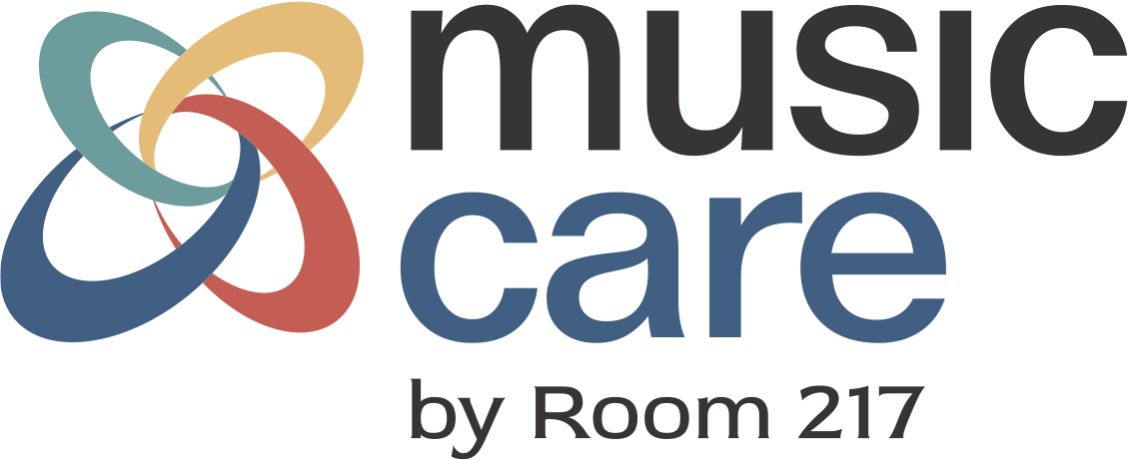Choosing Music for Room 217 Collections
Part of the mission of our work at Room 217 is to provide caregivers with musical tools that are designed with artistic excellence while having evidence-based therapeutic outcomes.
For music-based products, we follow a 10-step process to meet these goals and produce new material.
- Identify care population we want to reach i.e., people who are dying, or living with dementia
- Identify intended healthcare outcome i.e., reducing agitation, social engagement
- Identify musical elements to support that outcome that will shape arrangements and production i.e., tempo, timbre
- Identify demographic we are trying to reach i.e., boomers, newcomers
- Determine theme of project designated by a title such as Road Trip, Celtic Whisperings
- Conceptualize the desired sound which determines the artists
- Choose music using values-based and research-based methodologies
- Arrange songs with an intentional album arc
- Record using professional technicians for excellent production/post-production quality
- Design compelling graphics to support the feel of the album
Over the past 15 years of Music Collection delivery, one question of intrigue that comes up regularly is how we choose our music for the 24 albums we’ve produced for in palliative and end-of-life care. With millions of songs to choose from, why these particular songs?
Fair question.
At the outset, we need to say that the songs we have chosen are not the only songs to be used for supportive care. We recommend creating personal playlists with songs that hold meaning and comfort for the person who is dying and their loved ones as well as a skilled live bedside musician or music therapist who can song select and adjust performance to meet people where they’re at.
This does not preclude, however, intentionally curated, designed and tested music collections where songs have been selected on purpose to more universally support loss, grief, meaning-making, dying, death, saying goodbye and the other human needs surrounding final transitions.
And most especially, where caregivers can depend quality for music care delivery.
We follow this process for each and every album. Once the first six steps are completed, we move into choosing the music directed by research, production values, and licensing availability.
We research songs. Focus groups help us gather a breadth of possibilities. Focus group participants are asked questions such as, ‘If you knew you had a few months to live, what songs would you want to listen to – list 10.’ ‘What are the top 5 songs your patients request at end-of-life?’ We assemble focus groups that are customer-based, geographically-based, expert-based, and culturally-based.
Internet searches give us already curated materials such as Billboard’s top 100 by decade. We found the 100 Songs Book created by Playlist for Life, a group in the UK in which they list the top 100 songs for every year over the past 100 years. A treasure trove.
We rely on artists’ intuition. The artists we hire to perform the music are brought into the process at this point and provide insight based on songs associated with their instrument we may have overlooked.
Using this combination of research methodologies, we come up with a list of 100 or more songs – generally Western music - that could potentially be used on that particular album. We rely on the next part of our song selection process to distil and shortlist.
Our shortlist is typically 25 songs that best align with our production values, the key drivers informing song inclusion.
Because our main interest for these albums lies in psychosocial and spiritual care, we look for songs that will support relationships, how feelings are processed, meaning-making and comfort. We choose songs that express human sentiments of relationship completion ‘I love you’, ‘thank you’, ‘good-bye’, ‘forgiveness’. In this way the music can assist those sometimes difficult yet necessary conversations.
There are several schools of thought about whether to use familiar or unfamiliar music at end-of-life. Both have their benefits. We have chosen to use familiar music to stay true to our goals and because the research shows that familiar and preferred music are the most effective in care. Familiar music can wrap someone in a blanket of comfort and can often help them sort through making meaning of their circumstances.
You might ask whose familiar music? Another fair question. For Collections 1, 2, and 4, we have used familiar Western music. Many of these songs are universally known. We know this from the research.
For six albums in Collection 3 which focuses on non-Western musics, we chose to use familiar sounds rather than familiar songs. Because each album represented large populations with regional and religious differences, we wanted to mitigate any conflicting associations and optimize perceived and generally accepted soothing sounds from those musics and cultures. For more information on how songs on these albums were created and produced, watch this webinar on Diverse Sounds with producers Justin Gray and Aaron Lightstone.
Our music is gently-paced, performed at or around 60 beats per minute which entrains or syncs to resting heart rate. Not all songs we select are slow songs, but they need to be able to slow down while at the same time, maintain the song’s integrity in order to be included.
Once the songs are shortlisted to 25, and mechanical licenses are available for each of those songs, then it is up to the arranger to create a song stream that arcs intentionally yet flows seamlessly without bumps, startles and agitations. We rely on the skill and musical sensibilities of the artists to create a beautiful interplay of songs that can be used for effective supportive care.
For more information on Room 217 Collections, download for free our Guide for Using Music in Hospice Palliative Care.
You can purchase Music Collections at our store
or on the musiccare CONNECT app
available at Google Play or Apple Stores.


